Best traditional Yorkshire food and drink
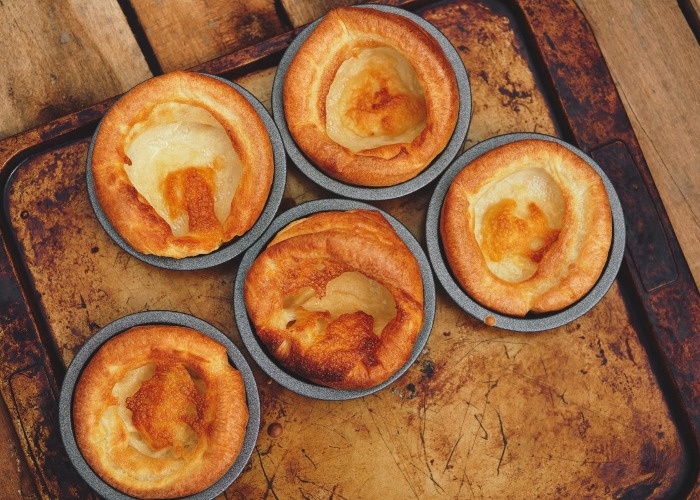
The historic northern England county that brought us Yorkshire pudding is rightly proud of its contribution to Britain’s traditional cuisine. Read on to discover the stories behind fat rascals, Henderson's Relish, parkin and more.
Stretching from the coast to the rolling hills of the Yorkshire Dales and encompassing several counties, Yorkshire has served up a hearty portion of the UK’s most famous foods. Rhubarb, asparagus and liquorice root all thrive in its soil; the cities of York and Sheffield are rivalled only by Birmingham when it comes to sweets and chocolate; and Bradford is the UK’s curry capital.
From traditional Yorkshire treats like parkin and Bettys' fat rascals to crumbly Wensleydale cheese, here are 10 of the best Yorkshire food and drink delicacies you need to try.
1. Fat rascal
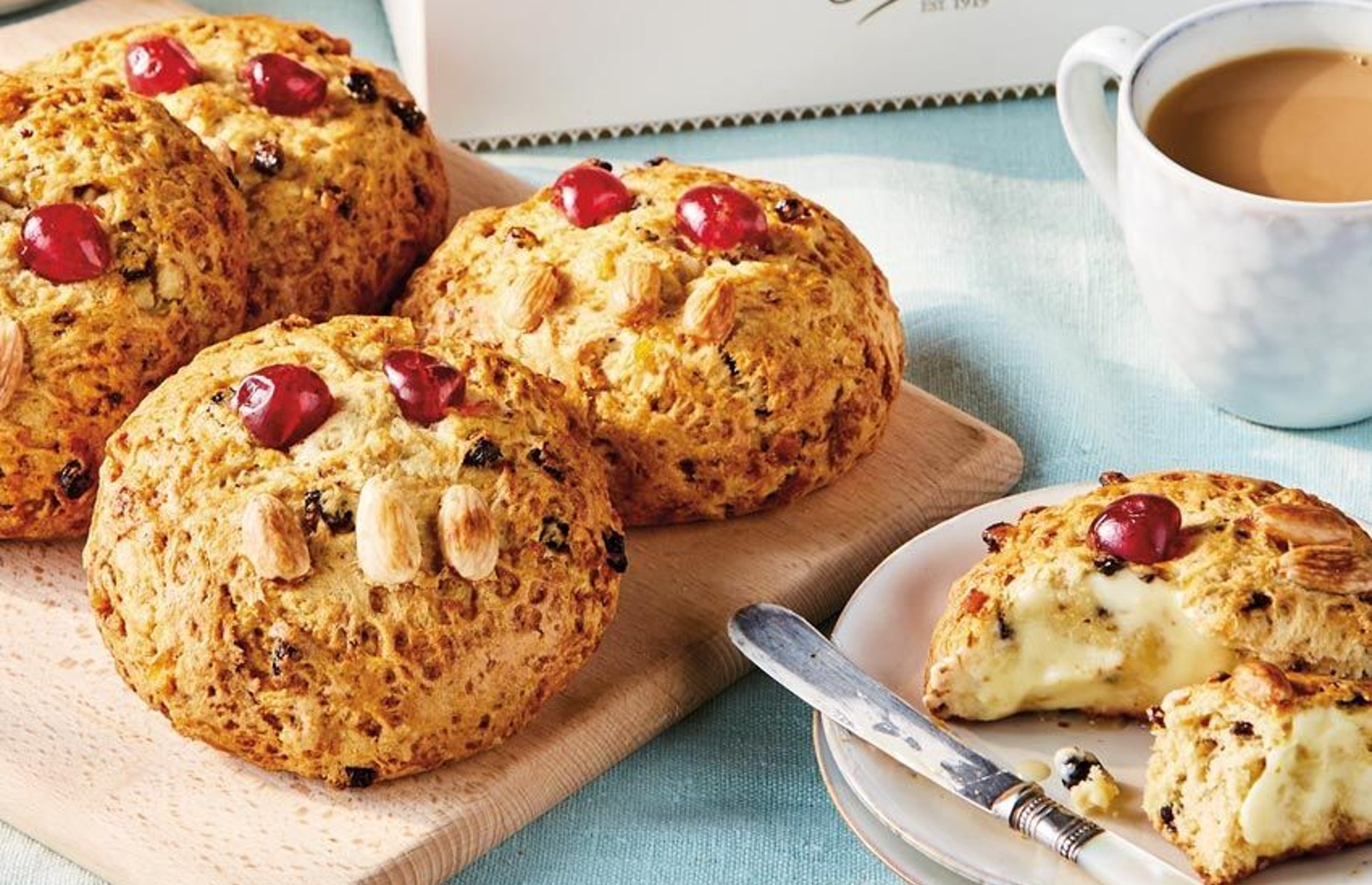 Bettys1919/Facebook
Bettys1919/Facebook
This super-sized spiced tea cake, similar to a scone or rock cake, is a speciality at Bettys, a legendary tearoom which opened in Harrogate in 1919 and now has locations across Yorkshire. It even owns the registered trademark for the name 'fat rascal'. Its version, introduced in 1983, comes topped with a ‘face’ of cherries and almonds.
The Yorkshire treats are thought to date back to the mid-19th century, with the name referring to the inclusion of butter and cream in the dough rather than their generous size. They originated from traditional turf cakes – flat buttery cakes baked in a covered pan among the ashes of a peat fire. Today they're almost always served as a sweet treat but in his 1987 book, Traditional Food in Yorkshire, historian Peter Brears reveals that farmhouses and inns used to serve them with ham and eggs.
READ MORE: Beautiful and historic cafés around the world
2. Henderson’s Relish
The bottle that contains this spicy sauce from Sheffield might look similar to a certain Lea & Perrins condiment, but its many fans reckon Henderson’s Relish stands alone.
As Arctic Monkeys drummer and local boy Matt Helders puts it, ‘Hendos’ is “like Worcestershire sauce, but a million times better.” The relish is made with cloves rather than the anchovies used by Lea & Perrins, making it suitable for vegans.
READ MORE: A complete guide to Worcestershire sauce
Invented by Henry Henderson in 1885, the Yorkshire sauce also contains a blend of tamarind, cayenne pepper, vinegar and garlic, although the recipe remains a secret that only three members of the Freeman family, who now own the brand, know.
3. Parkin
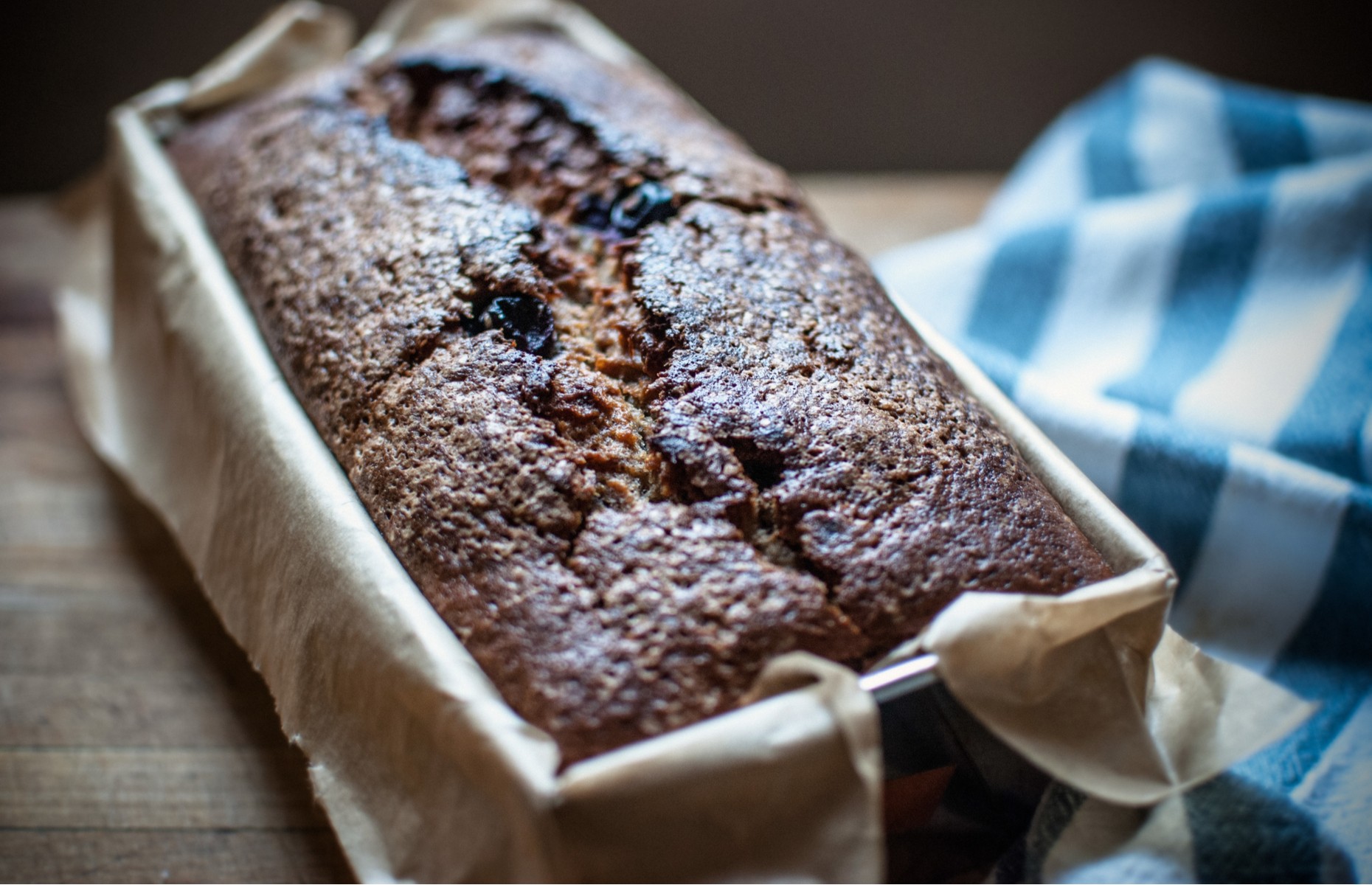 Wirestock Creators/Shutterstock
Wirestock Creators/Shutterstock
This sticky, chewy, beautifully spiced ginger cake is a winter favourite up north, where it’s traditionally eaten on Bonfire Night. In 19th-century Leeds, 5 November was even known as Parkin Day.
The main ingredient is traditionally oatmeal, a crop widely grown in Scotland and northern England. It's mixed with flour, ginger, lard or butter and black treacle. The recipe can differ depending on where you are, with Yorkshire versions favouring more oatmeal than flour and Lancashire bakers often doing the opposite.
It’s tempting to eat it straight from the oven, but it’s worth waiting a little while – parkin matures and improves with age.
READ MORE: Try this recipe for parkin pudding with toasted oatmeal ice cream
4. Rowntree’s Fruit Pastilles
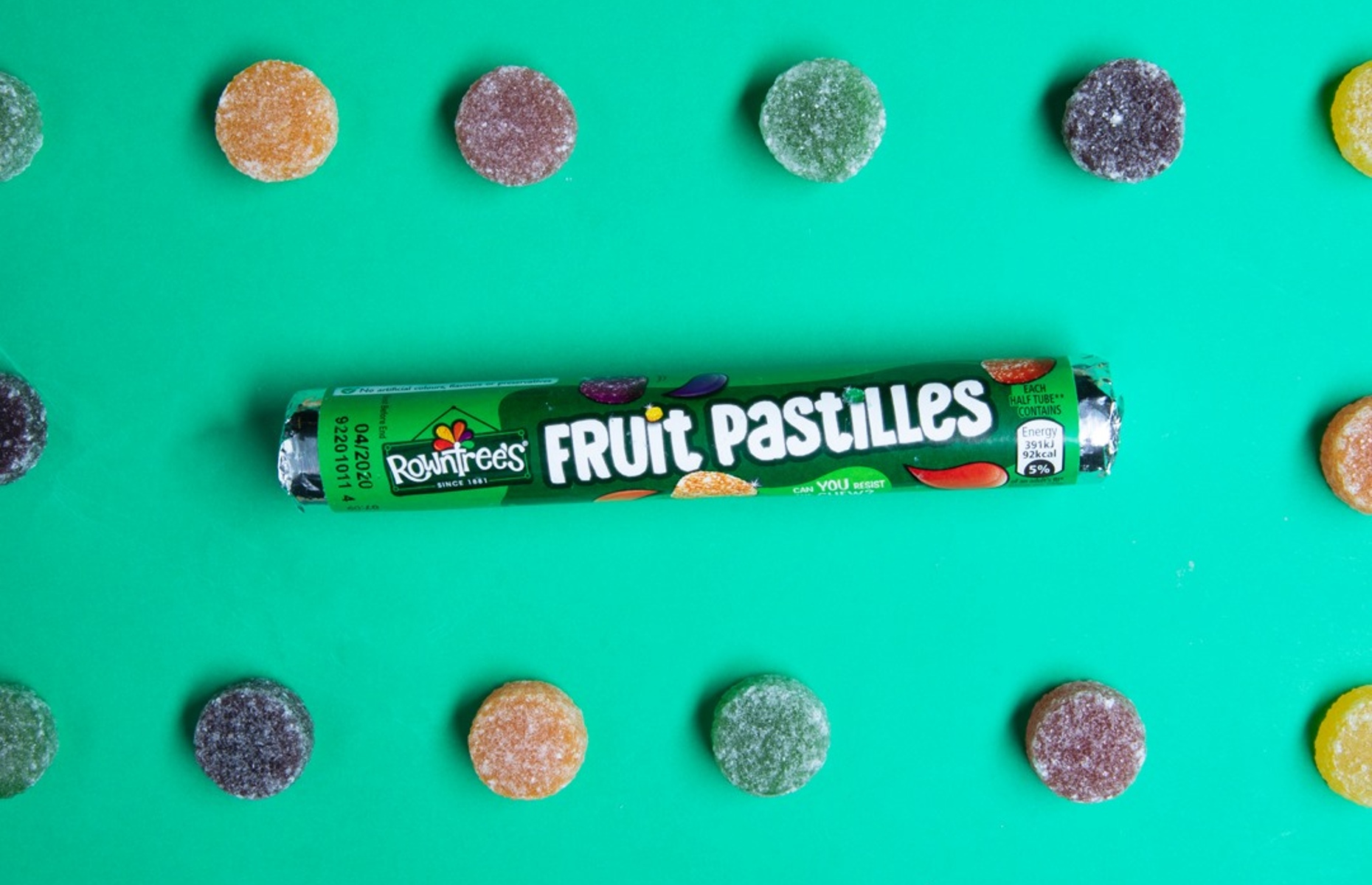 rowntrees/Facebook
rowntrees/Facebook
These mouth-wateringly moreish jellies are among Britain’s favourite sweets, first launched by York-based confectioners Rowntree's in 1881. However, they owe their recipe to Frenchman August Claude Gaget, hired by the Rowntree family to help the company compete with pastilles flooding the market from the Continent.
Their success not only saved the firm financially but paved the way for Rowntree’s to launch a veritable sweet shop of favourites including Kit Kats, Smarties, Jelly Tots, Rolos and After Eights. The sweets are still sold in the original flavours – blackcurrant, lemon, strawberry, orange and lime – although gelatine was removed from the recipe in 2021 to make them vegan.
READ MORE: Historic food brands that are still going strong
5. Timothy Taylor’s Landlord
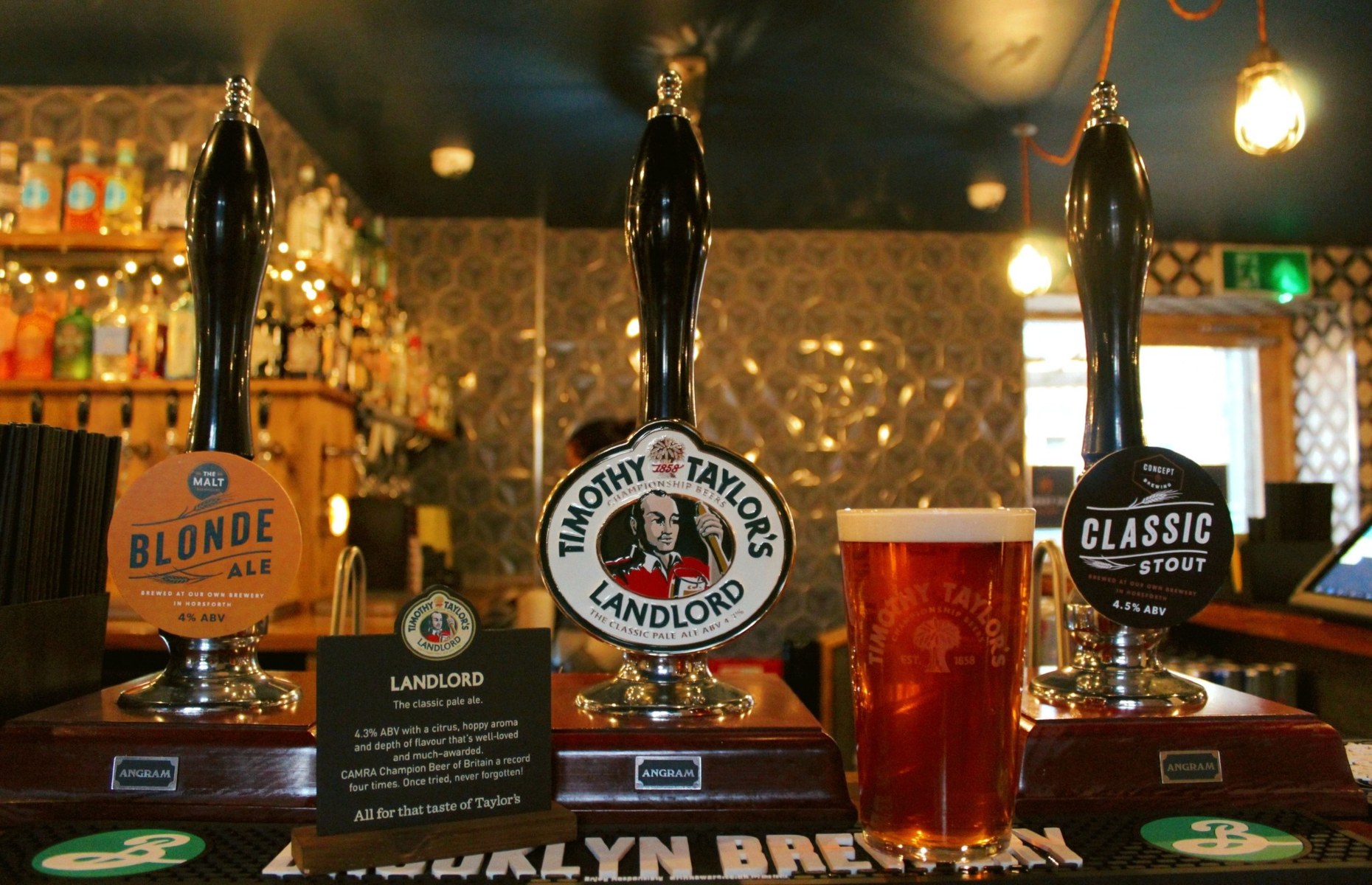 TimothyTaylors/Facebook
TimothyTaylors/Facebook
Family brewery Timothy Taylor’s has been making ale in Keighley, West Yorkshire, since 1858. It was nearly a century later that it hit on the recipe for a pint that would become one of Britain’s most award-winning beers.
Landlord was the work of then-chairman Philip Taylor and his senior brew-house staff, who wanted to make a strong pale ale in bottles – the only way to buy takeaway beers at the time – in order to keep the brewery afloat.
READ MORE: Historic bars, inns and taverns around the world
The citrusy drink was launched in 1952 and won CAMRA's 'Beer of the Year' accolade for the first time in 1982. It's continued to win awards and fuel the growth of the brewery ever since.
6. Pontefract cakes
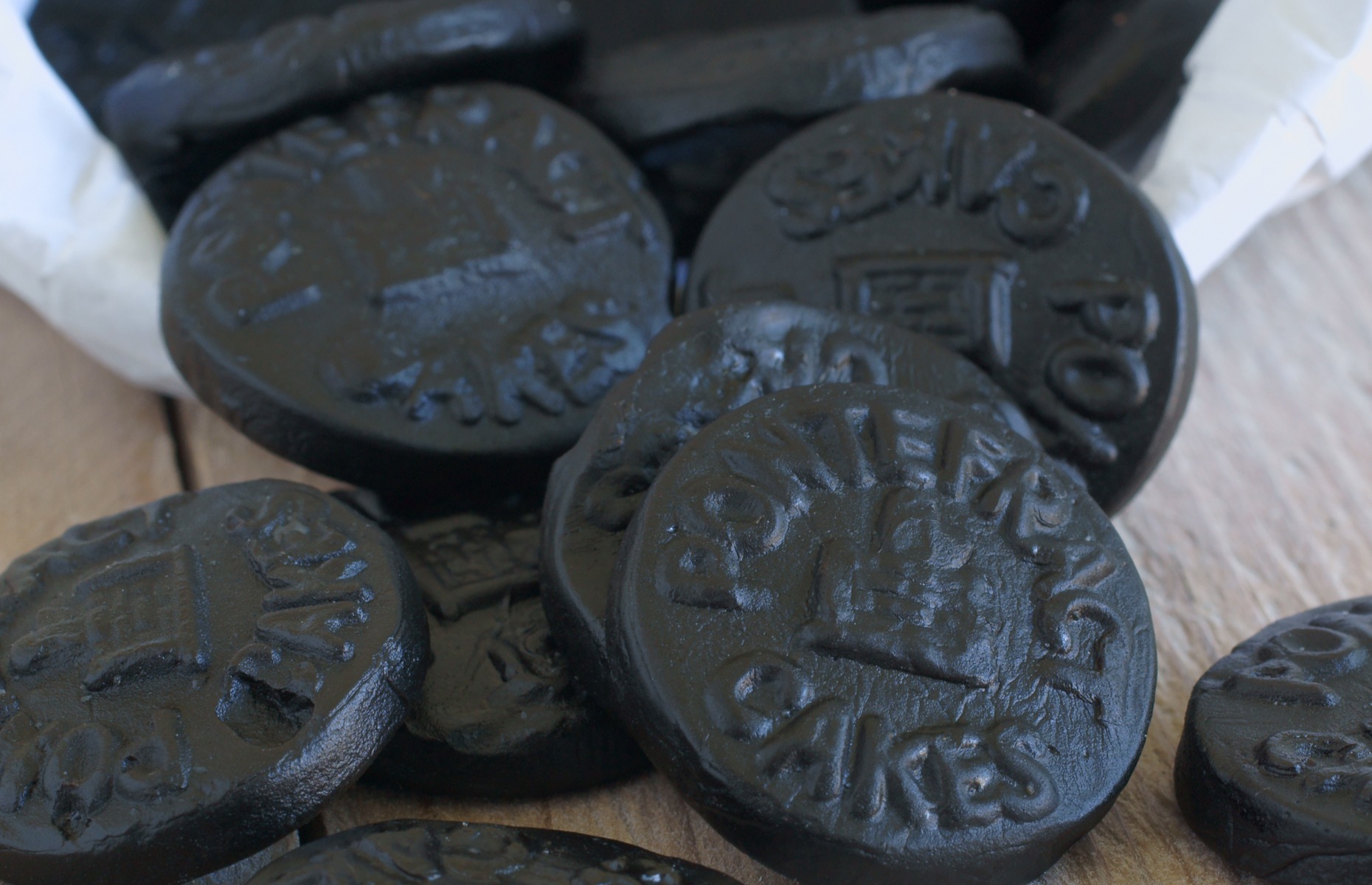 David Pimborough/Shutterstock
David Pimborough/Shutterstock
While liquorice root isn’t native to Yorkshire, the historic county was the first place in the UK to grow it. It was brought here in the 11th century by Crusaders returning from the Middle East and later grown by monks in what is now West Yorkshire. It was also here, in the town of Pontefract, that it was first mixed with sugar to make a black sweet.
It’s even claimed that the resulting Pontefract cakes, circular lozenges that each feature an imprint of the town’s castle, are Britain’s oldest sweets. They were created by chemist George Dunhill in the 1760s to be chewed for medicinal purposes, as liquorice was believed to ease stomach upsets and counter bad breath.
READ MORE: 10 foods named after places in the UK
Today, you can find them at Oldest Sweet Shop in Pateley Bridge, North Yorkshire, and they’re also now manufactured by Haribo.
Liquorice growing has dwindled in Pontefract, although the town usually holds an annual festival dedicated to the root in July and an original plant grows in its castle grounds. Another hugely popular liquorice treat, Allsorts, was invented by Sheffield-based George Bassett at the turn of the 20th century.
7. Wensleydale cheese
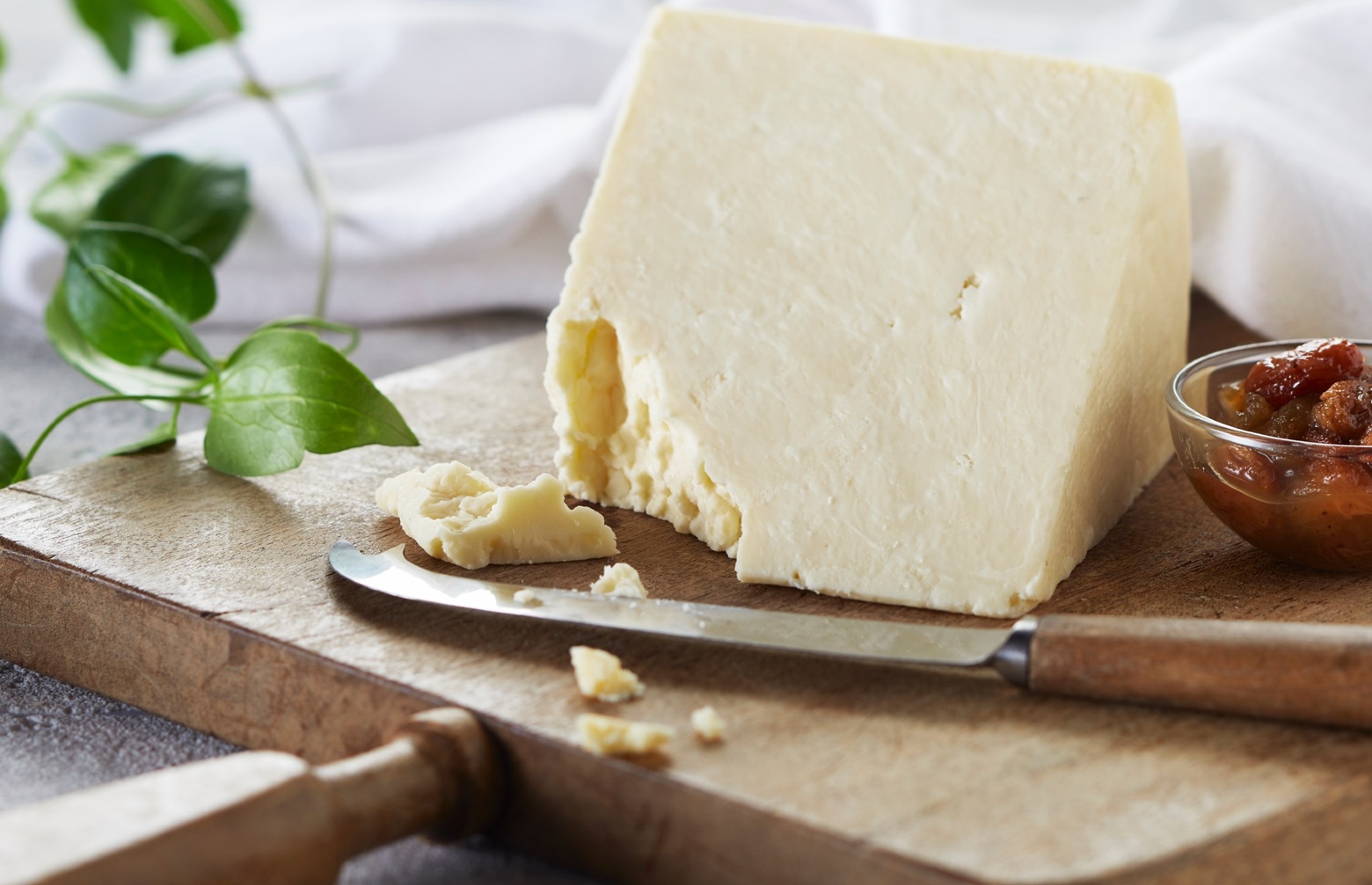 WensleydaleCreamery/Facebook
WensleydaleCreamery/Facebook
It’s one of Britain’s most famous cheeses but crumbly Wensleydale owes a debt to the French Cistercian monks who moved to the Yorkshire Dales from Roquefort in the 12th century, bringing their cheesemaking skills with them.
Wensleydale was initially made using sheep’s milk but producers switched to cows’ milk during the 14th century. The cheese also retained a more open texture for many decades, causing it to be blue rather than off-white.
The first commercial creamery opened in Hawes, a North Yorkshire market town in Upper Wensleydale, in 1897 but production levels were severely damaged by milk rationing during the Second World War and popularity dwindled – until the cheese got a huge boost after featuring in the 1995 Wallace & Gromit film, A Close Shave.
READ MORE: Food and drink made famous by films and TV
Yorkshire Wensleydale has held Protected Geographical Indication (PGI) status since 2013 and is traditionally served alongside fruit cake or apple pie, giving rise to the Yorkshire saying: “An apple-pie without some cheese is like a kiss without a squeeze.”
8. Terry’s Chocolate Orange
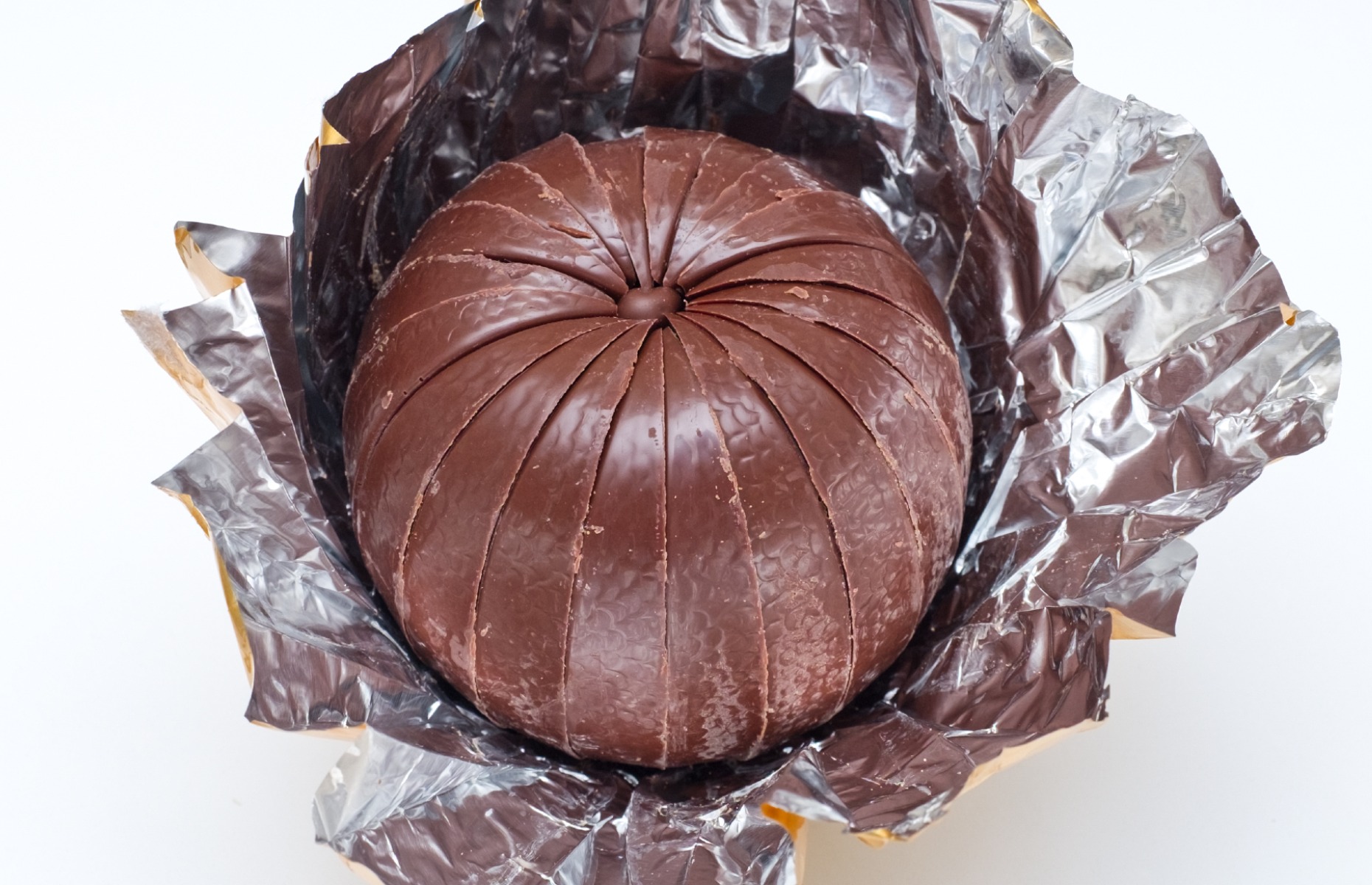 Ll1324/Wikimedia Commons/CC-Zero
Ll1324/Wikimedia Commons/CC-Zero
This chocolate orange treat, shaped and segmented like its namesake fruit, is a Christmas stocking staple but it wasn’t the first fruity chocolate produced by Terry’s. The York-based family confectioners initially made the Dessert Chocolate Apple, with the Chocolate Orange following a few years later, in 1932.
Chocolate expert Sophie Jewett, of York Cocoa House, says: “One story goes that Noel Terry [then chairman] would cut an apple into segments to share with the children after dinner and thought that would be a lovely way to share chocolate."
“Then, when Terry's received a bad batch of cocoa beans from their estate in Venezuela in the 1930s, someone had the bright idea of flavouring it with orange and transforming the Dessert Apple into the Chocolate Orange.”
The apple was phased out as the orange soared in popularity, while a Chocolate Lemon which was launched in 1979 lasted only three years.
READ MORE: Top secret recipes we'd love to get our hands on
9. Yorkshire curd tart
 Cristina Ionescu/Shutterstock
Cristina Ionescu/Shutterstock
Frugality is a valued trait in Yorkshire and this creamy tart is a sweet by-product of this aversion to waste. A forefather of the baked cheesecake, it was a canny way to use up curd from the cheesemaking process in the days when most families owned a cow.
Back in the mid-17th century, Yorkshire curd tart was made with ‘beestings’, the first, nutrient-rich milk from newly-calved cows. It was traditionally baked for Whitsuntide, the week following Whitsunday, when villages held feasts and fairs.
Alongside curds, the filling consists of butter, eggs, currants, nutmeg and lemon, baked in a sweet shortcrust pastry case. Some bakers add a dash of rosewater too.
10. Yorkshire pudding
 Duncan Andison/Shutterstock
Duncan Andison/Shutterstock
Arguably Yorkshire’s most famous food creation, this Sunday lunch hero started life as ‘dripping pudding’ to collect juices under roasting meat, until author Hannah Glasse renamed it in her 1747 book The Art of Cookery Made Plain and Easy.
Yorkshire pudding was originally made in one large dish and served in gravy-drenched slices as a starter to fill up hungry children, until individual puds joined the main course. Some Yorkshire locals still serve them the traditional way, eaten with either gravy or jam, rather than as an accompaniment to a roast dinner.
Anyone who’s ever saved time with Aunt Bessie’s frozen Yorkshire puddings has Butlin’s to thank for this convenience. The chain of seaside resorts asked Hull-based William Jackson Food Group, who then owned the brand, to supply batches for its holiday camps in 1974 – and Aunt Bessie's now produces around 900 million puddings per year.
READ MORE: Try Mary Berry’s traditional Yorkshire pudding recipe
Main image: Duncan Andison/Shutterstock
Comments
Be the first to comment
Do you want to comment on this article? You need to be signed in for this feature